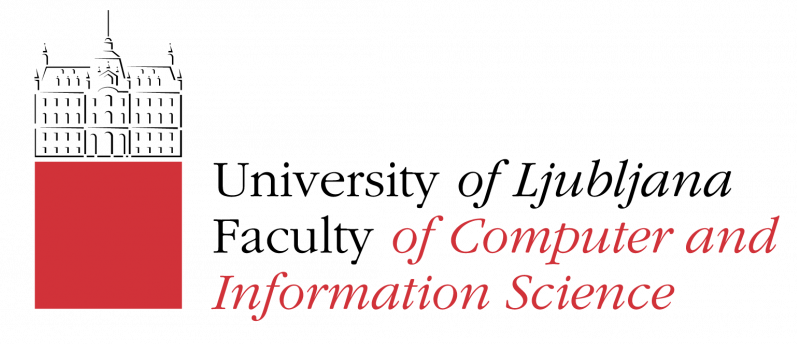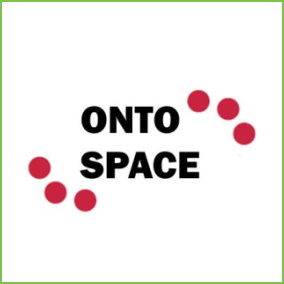
ABOUT THE PROJECT
Ontospace: a stable, scalable, efficient and cost-effective network for ONTOCHAIN
The project is built on the foundations created in the project "GraphChain – a framework for on-chain data management for ONTOCHAIN" realized in the ONTOCHAIN Project Call 1 and on the projects related to graph databases, semantic web solutions, and blockchains.
The project will result in a new kind of Ethereum client, a collection of high-performance services, a tightly integrated graph engine, and a set of architectural rules enabling the construction of the third generation blockchain ecosystem called "Ontospace”.
The architecture, borrowing from the ideas of Layer 2 protocols, will allow for much faster and cheaper transactions, offer high scalability of the graph data model for the on-chain data, and address natural business environments characterized by a diversity of applications and governance models.
Following the principles that underlie the creation of Layer-2 solutions, the sidechains of the Ontospace can still refer (will be pegged) to the main chain of the blockchain chosen by the ONTOCHAIN consortium (parent networks), or to the Ethereum mainnet, thus forming a highly trusted system that can address various real-life applications.
The project will deliver all the necessary building blocks for the production deployment of the ecosystem of sidechains integrated with graph databases.
Website: http://graphchain.io/
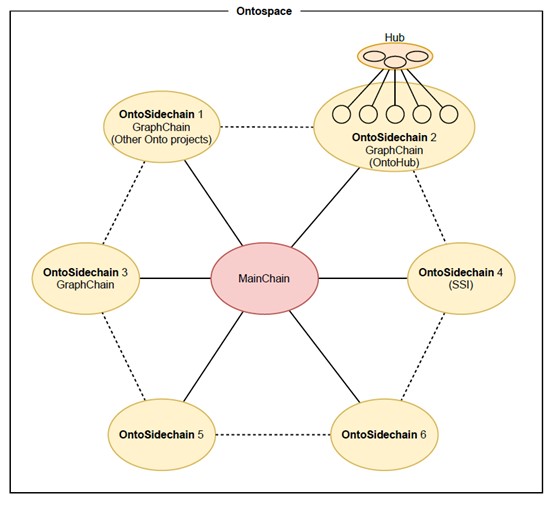
Motivation for the project:
This new technology is necessary because it guarantees the possibility of the practical deployment of the ONTOCHAIN networks in the ecosystem of chains and graph databases.
As the synergy between Blockchain and semantic technologies has already been demonstrated, the remaining challenge is to implement it in practice and deliver ready-to-go components for the construction of Ontospace ecosystem.
Generic use case description:
The generic use of our technology is for creation off applications that use semantic data objects (like Ontologies or Knowledge Graphs) along with Blockchain’s smart-contract. For example, when a semantic Ontology is published using our technology we can trace its original creation and all historical updates.
Essential functionalities:
- A modified Ethereum client allowing for access to graph databases without the need for Oracles
- An efficient consensus mechanism for both blockchain and the graph database
- A tethering protocol allowing for construction of Layer-2 protocol compliant sidechains
How these functionalities can be integrated within the software ecosystem:
These functionalities can form a set of demonstration side chains where semantic objects can be published and interacted with from within Ethereum smart-contracts.
Gap being addressed:
The most obvious gap between using semantic structures on the Blockchain - correctly and using them efficiently is directly being addressed in this project.
Expected benefits achieved with the novel technology building blocks:
The most important benefit is the practical possibility for construction of ecosystems where semantic data coexists with Blockchain with full interoperability between them.
Potential demonstration scenario:
One of the best demonstration scenario is the use of semantic ontologies inside Ethereum smart-contracts for executing a useful work, for example establishing meaning of the elements of data.
PROJECT OUTCOMES
We came up with a new idea of creating a Blockchain compliant distributed database which exposes its data with explicit semantics, is easily and natively accessible and applies Blockchain security mechanisms to the RDF graph data model directly, without additional packaging or specific serialisation. Essentially, the resulting database forms the linked chain of named RDF graphs. Such graphs can be published with the help of any standard mechanisms using triplestores or as linked data objects accessible via standard web mechanisms using the HTTP protocol to make them available on the web.
In the big picture, we envision Ontospace as an ecosystem of several blockchains, all linked and pegged to the main chain of the system. In our ecosystem, the core element is an Ontonode, which is a single ontoSidechain node. The general idea of Ontonode operation is similar to every blockchain network. The blockchain nodes process transactions and achieve consensus over data that represent them.
Ontospace's innovation has been achieved through modifications made to the Besu client, a new hashing algorithm that guarantees data security, a much improved synchronisation mechanism between network nodes, and user and role authentication based on MetaMask
The current EVM modification is compatible with all possible smart contracts and consensus protocols. Finally, Ontospace is a stable, scalable, both efficient and cost-effective network as an out-of-the-box solution.
Repositories:
https://github.com/ONTOCHAIN/ONTOSPACE
Currently open to the ONTOCHAIN community only. Reach out if you need access.
Documentation:
https://github.com/ONTOCHAIN/ONTOSPACE - Currently open to the ONTOCHAIN community only. Reach out if you need access.
https://ieeexplore.ieee.org/document/9672134
Demonstrations:
This project has already deployed 4 nodes:
node #1: http://193.28.230.247/ontonode
node #2: http://193.28.230.248/ontonode
node #3: http://193.28.230.249/ontonode
node #4: http://193.28.230.250/ontonode
More details:
Customer engagement
The way to engage the customer at the general layer mainly involves engaging in providing graph data and determining who can access that data and on what terms.
Monetization
-
An implementation fee
-
A fee for additional functionality, volume-limited (e.g. by resources) sales plans
-
Offering a back-end solution maintenance service in a "pay as you go" model
Scenario
- Internal infrastructure with optional connection to external structures:
There is a demand for internal infrastructures based on decentralisation and which guarantee both security and data transparency, while at the same time emphasising the solution's ability to be easily scalable. A good example is the storage of large amounts of data. Be it sales data, logs, technical specifications, text messages, product lists, links between individual product features. A graph database-oriented approach is proposed, considering ontology as a large graph. The approach endeavors to address the limitations encountered within traditional relational models. Taking the possibility of storing very large amounts of data and security using blockchain as a determinant of usefulness, we can talk about the creation of an internal system of interconnections with possibility to control access rights and ownership of the data.
- Intellectual property rights and the limited use of ecosystem resources:
One of the potential applications of the OntoSpace ecosystem is the possibility to give personal ownership to specific ontologies and to verify their author thanks to identifiable data secured with blockchain. Consequently, it is possible to tokenize the copyright of specific datasets and resell them, e.g., the right to use them, be it specified in time or number of queries/recalls
-Building trust in companies by guaranteeing the correctness and authenticity of registration data:
Fast, easy to use and efficient tool that can validate input data based on data from a collection of verified companies or individuals
- Integration of data from public administrations that can be used as a secure and immutable source of information for procedures based on government regulations in different countries
Semantic content and content transfer
The pattern of work will typically include providing data in graph form and verifying who can access the data. The next step is to determine how data can be extracted from the system. Usually a solution similar in its functionality to REST API or a web interface is used.
Ownership
If an internal ecosystem is created, the owner of the data will be the entity for which the ecosystem was created. Ownership of data can be also represented inside ecosystem.
Existing similar solutions/services
In terms of just accessing the data but without the benefits of the entire ecosystem, the solution worth mentioning is: https://neo4j.com/cloud/aura/
TEAM
![]()
Prof. Piotr Kulicki
Logician, (Logic & ontology expert engineering expert) seniority: 25 years.
![]()
Rafał Trójczak
PhD Backend Developer, seniority: 8 years.

Dominik Kuziński
Senior Web Developer (Blockchain specialist), seniority: 15 years.
PhD, Professor of Mathematics in Lodz University of Technology (Graph theory, Pure Mathematics) Academic experience: 19 years.

Filip Turoboś
MSc - PhD student at Institute of Mathematics in Lodz University of Technology (Theory of Metric Spaces, Algorithmics, Pure and Applied Mathematics) Academic experience: 5 years.
![]()
Paweł Tarnawski
C-level manager, Solution architect, Application architect, Seniority: 33 years.
![]()
Łukasz Knop
Senior Developer, Seniority: 14 years.
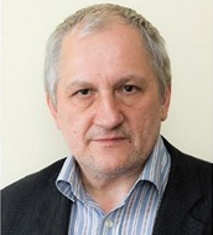
Ryszard Olejnik
Senior Developer, 20 years.

Piotr Łuniewski
Senior Developer, 20 years.
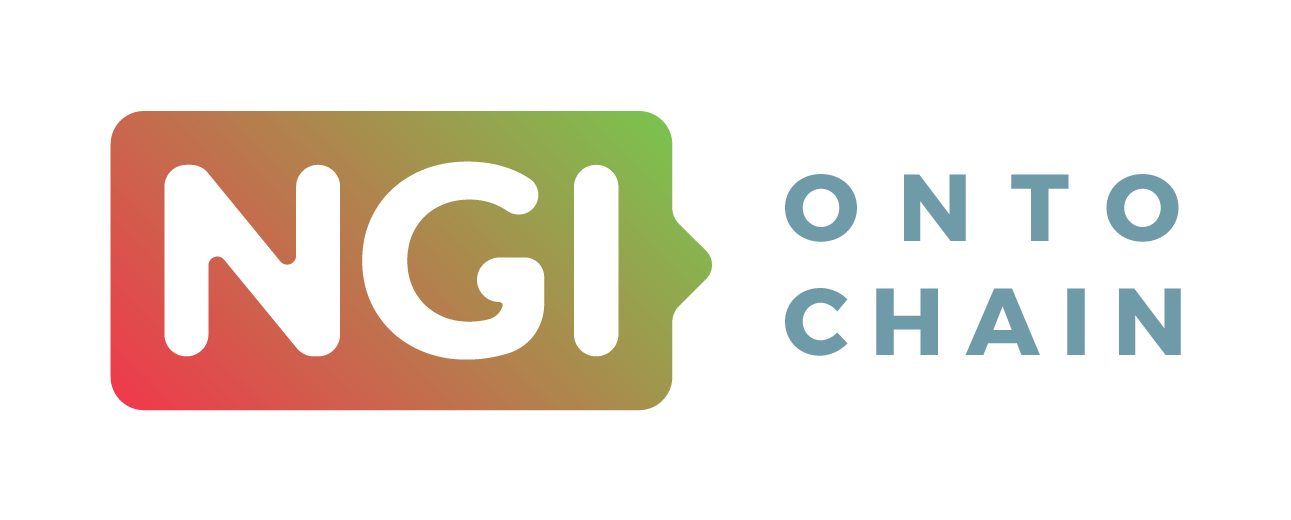




 This project has received funding from the European Union’s Horizon 2020 research and innovation programme under grant agreement No 957338
This project has received funding from the European Union’s Horizon 2020 research and innovation programme under grant agreement No 957338
